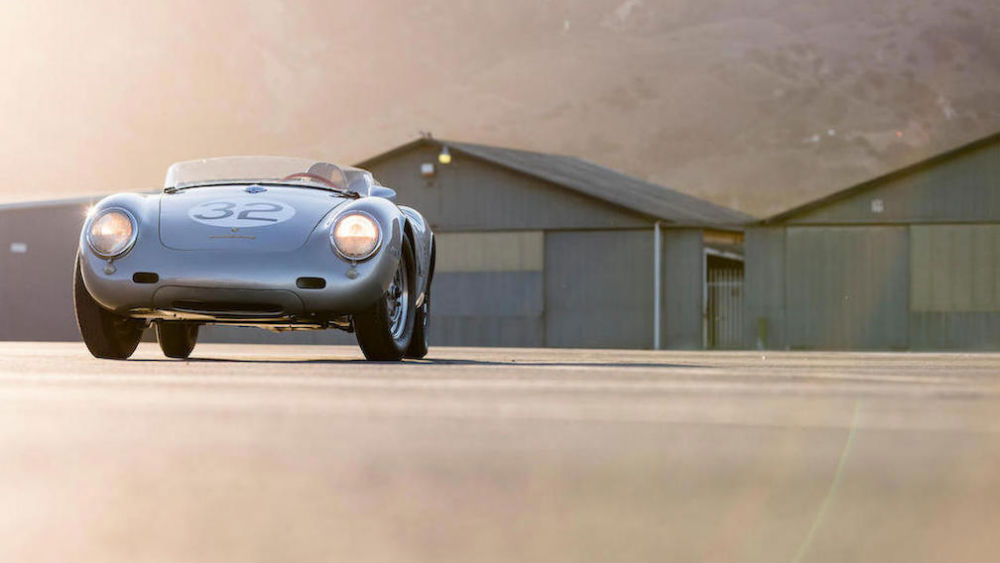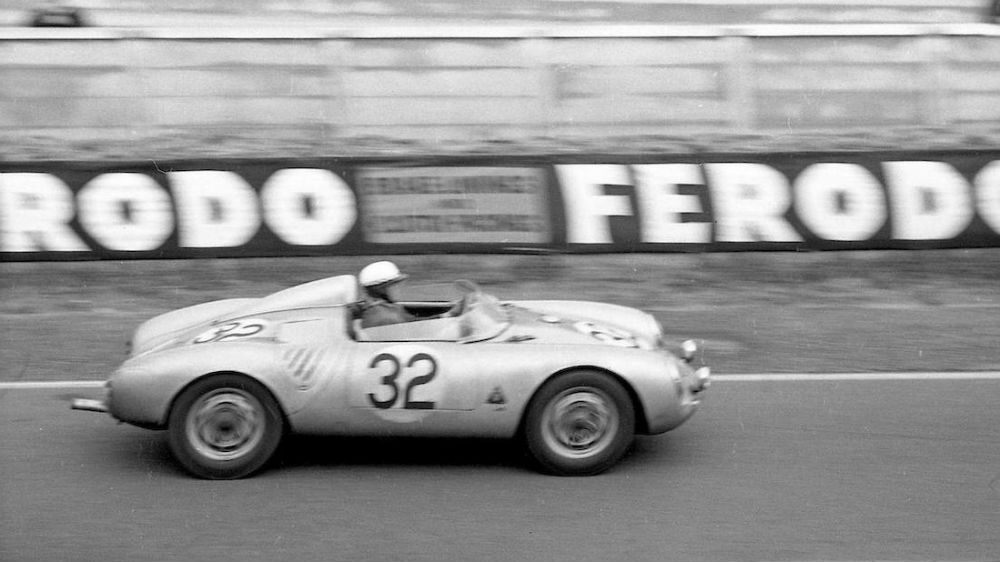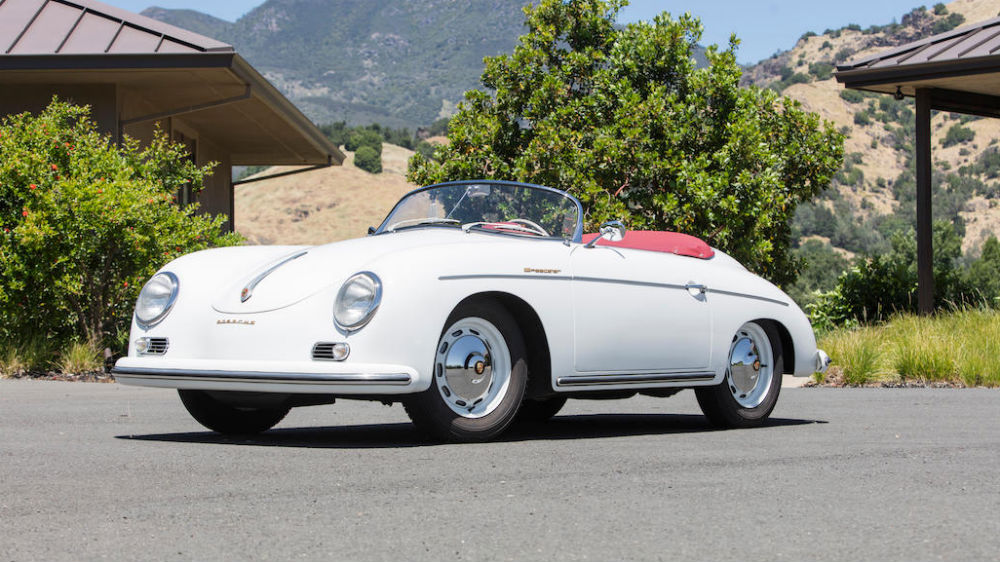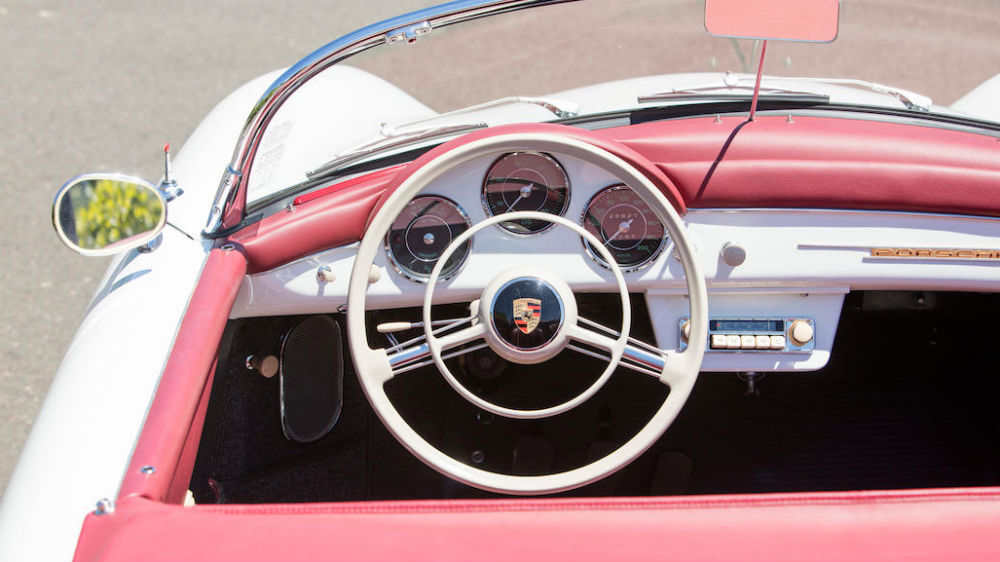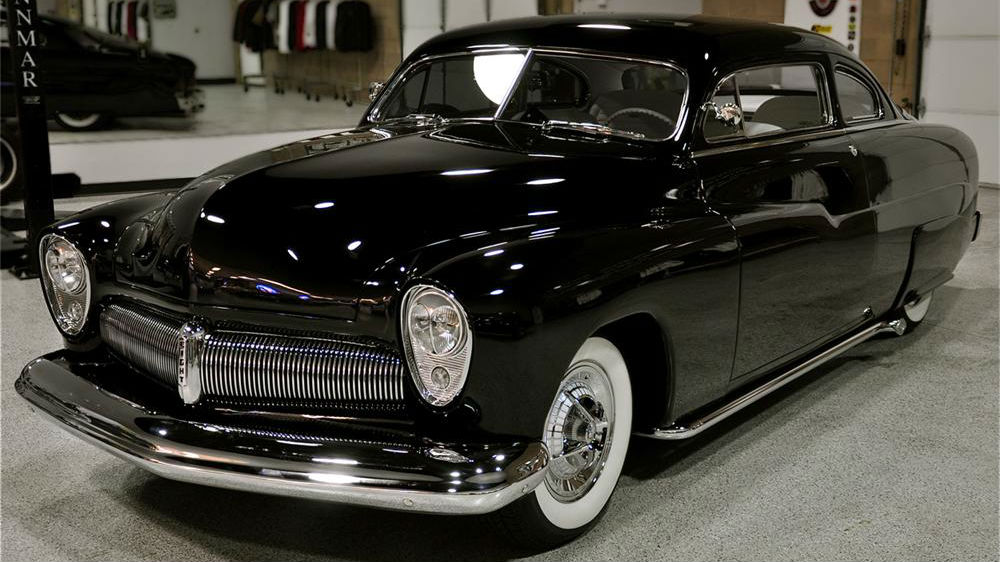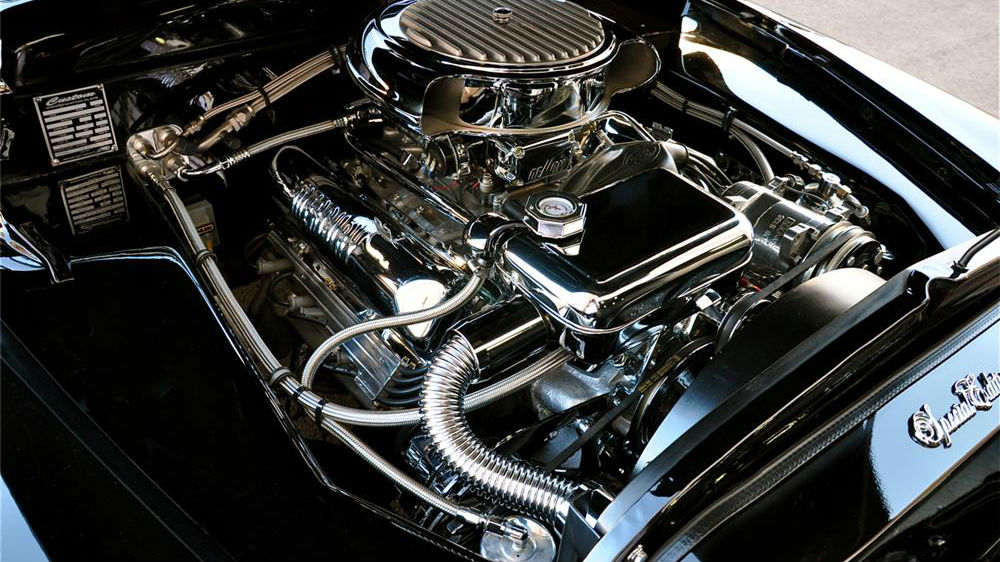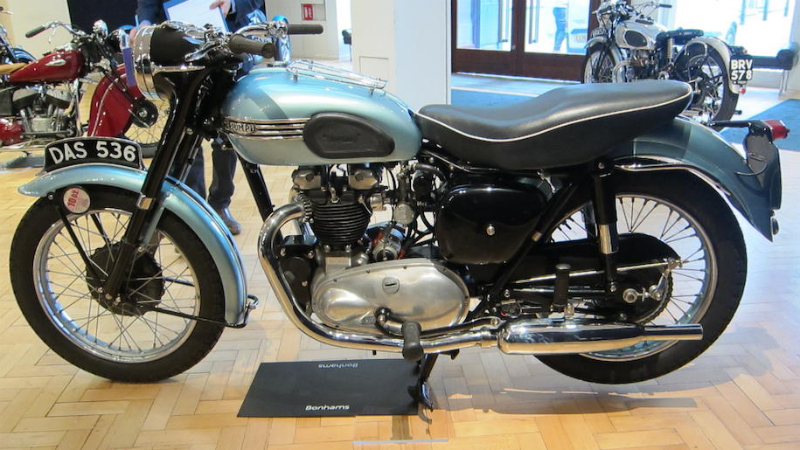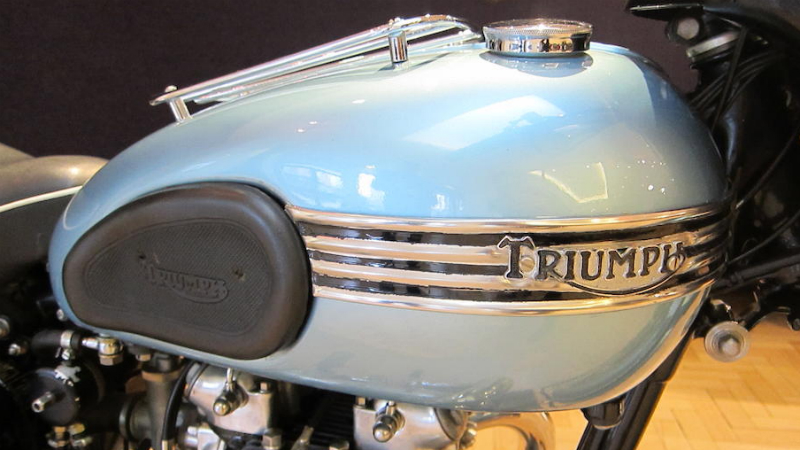The actor best known for his roles in Rebel Without a Cause, East of Eden, and Giant came into this world on February 8, 1931 in Marion, Indiana. By his early 20s, he was a style icon and a symbol for 1950s teenage disillusionment, inspiring our love for quaff haircuts, plain white tees, Harrington red windbreakers, and Porsches.
At only 24 years old (during the filming of Giant), Dean was on his way to a race in Salinas, California, when he collided with a Ford Tudor and died on U.S. Route 466.
In 2018, we’re celebrating the ultimate rebel as though he were alive to blow out the candles. Actually, Dean wouldn’t want a cake. He’d want a new car …
A passionate racer, Dean aspired to compete in the Indianapolis 500. He raced smaller events in California on the little downtime he had between films (Dean only ever appeared in those three classics above). He drove a Triumph Tiger T110, Porsche 356, and even placed second at his debut race in Palm Springs, crossing the checkered line in a white Porsche Super Speedster. However, the most iconic James Dean car is his “Little Bastard” Porsche 550 Spyder — the car he was “breaking in” before the Salinas race and the one he was driving at the time of his death.
In honor of what would be have been his 87th birthday, we’re taking a look at four classic rides that remind us of James Dean. No, they’re not for sale (one was was auctioned in Scottsdale and rang up a bill of over $5 million), but they’re real nice to dream about.
1958 Porsche 550A Spyder
- 1. Image courtesy of Bonhams
Porsche made only 90 of the 550 Spyder that James Dean drove, each assigned a unique racing number. Dean had traded his 356 Porsche Super Speedster for number 130 (the 550s were not ordered 1-90), and, according to a Porsche historian, customized the sleek, silver ride with “130” in black, non-permanent paint on the front hood, doors, and rear deck lid. He also had “Little Bastard” written across the rear cowling.
While there’s absolutely no hope of owning or ever riding in that car, a 1958 Porsche 550A Spyder was recently put up for auction on January 18 and sold for $ 5,170,000. The automaker released only 40 of the 550A Spyder a couple years following the 550 model. With an almost identical body shape, the 550A Spyder has a 1.5-liter twin-cam flat-4 engine producing 135 horsepower.
Dean would have loved the fact that this particular Porsche placed fifth overall at the 1958 24 Hours of Le Mans, beating out bigger Aston Martin and Ferrari race cars. For this reason, the car was nicknamed “The Giant Killer.”
This 550A Spyder is also unique in that it’s the second to last model ever made, reaping the rewards of new upgrades like a higher compression and centralized distributor. In English, the car is nimble, quick as hell, and easy on the eyes. It’s the perfect car to celebrate James Dean and the legacy he left.
1957 Porsche 365A 1600 Super Speedster
- 1. Image courtesy of Bonhams
- 2. Image courtesy of Bonhams
The first sports car James Dean purchased for racing was a white Porsche Speedster that looked nearly identical to this beautiful white 1957 Porsche 365A 1600 Super Speedster, auctioned in August 2017. Not only did Dean place second in this car (there are some great photos of that race!), but it was considered his tooling-around ride. The record has it that Dean (also a motorcycle lover) traded in a bike to get a used, red 1953 MG TD sports car, which he then traded in 1955 to get the brand-new 1955 Porsche Super Speedster. He purchased the Speedster from John von Neumann at Competition Motors in Hollywood.
The biggest difference between Dean’s Speedster and this next-generation version is almost impossible to detect: the mirrors. You’ll notice in photos of Dean with his Speedster that he had to turn to reverse. The 365 body was actually based on the Volkswagen; like the “Beetle,” the 356 uses a platform-type chassis with a rear-mounted, air-cooled engine and torsion bar, all-independent suspension. So … slug bug?
1951 Mercury Lead Sled Custom Coupe
- 1. Image courtesy of Barrett-Jackson
- 2. Image courtesy of Barrett-Jackson
Dean never traded his Porsche for a Mercury, nor can we imagine the young actor seeking to buy this vintage ride coveted by aging hot rod enthusiasts. But if Dean opened his eyes today as an older man to the 1951 Mercury Lead Sled Custom Coupe, he might shed a tear, and would definitely take it for a spin. This car is nearly identical to the 1949 Mercury driven by James Dean in the 1955 hit Rebel Without a Cause.
The film that put him on the map as Jim Stark (he’d done only a Pepsi commercial before that), the Mercury was more than a car; it was a symbol for all Stark was fighting with and against. Dean drove this car in the Chickie Run scene up against antagonists who revved a gorgeous ’49 Ford single spinner convertible.
Was this a truly rebellious car? Not really. But seeing a red-jacketed James Dean behind the wheel certainly made an impact. This 1951 Mercury, which was made years after the Rebel model, sold at auction in 2011.
1955 Triumph 649CC T110
- 1. Image courtesy of Bonhams
- 2. Image courtesy of Bonhams
You don’t get a nickname like “One Speed Dean” by going slow, and if any of Jimmy’s rides really let him put the pedal to the metal, it was the 1955 Trophy Triumph bike, which looked and felt a lot like this pristine 1955 Triumph 649CC T110 auctioned in September 2016. Dean’s Triumph was the last bike he ever bought, although he owned other Triumphs and a Harley in the past.
Ordinarily, we associate Mr. Cool Steve McQueen with the Triumph brand, but Dean was just as much a devotee. In fact, the king of Triumph was Marlon Brando, who rode the iconic 6T Triumph Thunderbird in the film The Wild One. It was this film and role that inspired Dean to purchase a Triumph TR5 Trophy. Phil Stern’s series of iconic photographs of Dean show him on this bike. It was sold after the actor’s death, and then was retrieved, restored, and displayed at the James Dean Gallery in Fairmount, Indiana. The auctioned 1955 Triumph 649CC T110 is a near perfect match except for the handlebars, which were higher on Dean’s bike.
Happy birthday to the First American Teenager, our forever man-crush: Jimmy Dean.
Feature image by Bettmann/Getty Images.
